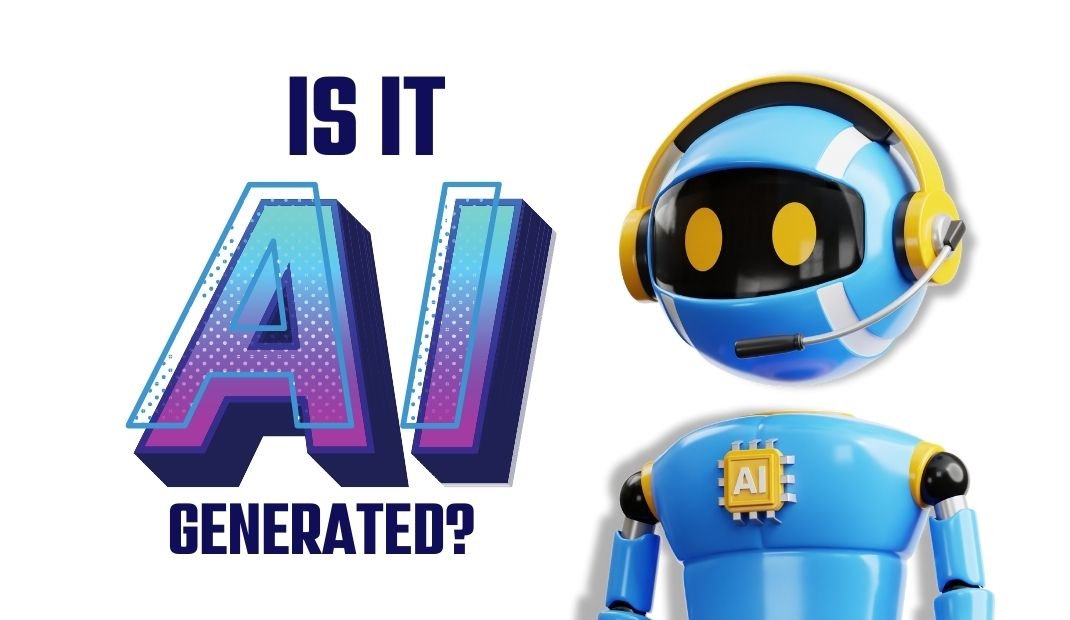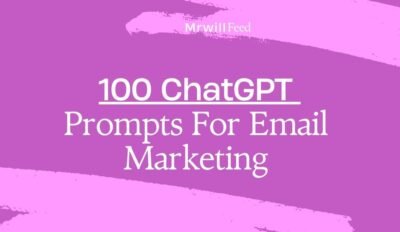People around the world are to find human-written content and AI-generated content. This is because of the easy availability of AI tools that can produce text and art closely resembling human creativity, it’s important to know how to identify AI-generated content.
To identify AI-generated text or art, we need to check the cues, or we can use tools like a free AI detector that can help spot machine-made creations. Let’s see simple techniques that can help you recognize AI-generated content, ensuring you stay informed where AI is ever-present.
Identifying AI-Generated Text Content
To find AI-generated text you need to check for specific patterns and inconsistencies. AI-generated text often lacks understanding of the subject and context which can be easily provided by a human writer. Watch for repetitive phrases, unusual structures, or a lack of natural flow. The text may also come across as overly formal or lacking emotional depth.
Additionally, AI tools often struggle with idiomatic expressions, resulting in awkward or literal translations. Quillbot is one of the free AI detectors that can easily analyze text for these traits. These detectors use algorithms to spot patterns and indications of AI involvement.
Another tip is to consider the source; if the content originates from a platform known for using AI, it might need a closer inspection. AI always uses repetitive words and synonyms. By employing these strategies, you can easily find the AI-generated text.

How to Tell if Something is AI-Generated Art
Identifying AI-generated art can be a bit more challenging than finding the text, but 2 things make it obvious in texture or perspective.
Look for unnatural patterns or symmetries that usually do not occur in human-created art. These artworks often display an overly polished or hyper-detailed finish that lacks the imperfections typically found in human art.
AI has difficulty accurately representing the human body and face, mostly eyes are highly damaged. So look out for disorganized figures or faces.
You can use free AI tools to check if an artwork’s features match AI-generated characteristics.
By focusing on these details, you can better find if the art is AI-generated art.
Using Free AI Detectors
Free AI detectors are valuable tools for identifying AI-generated content. These tools analyze text or art to identify patterns typical of AI creation.
They use algorithms designed to detect consistency issues, overly repetitive structures, and other anomalies.
For text, AI detectors can highlight sections that lack coherence or context, indicating potential AI involvement.
| Category | Tool | Key Features |
|---|---|---|
| Free AI Detectors for Text | Copyleaks AI Detector |
– 99% accuracy; supports 30+ languages – Detects AI content from models like ChatGPT, Gemini, Claude – Low 0.2% false positive rate |
| SEO.ai Content Detector |
– Analyzes up to 25,000 characters – Provides a score indicating AI-generation likelihood |
|
| ZeroGPT |
– Focuses on identifying factual inconsistencies in AI text – Free but limited features |
|
| Originality.ai |
– Free plan with limited analyses – Select from different detection models |
|
| Scribbr (Free Version) |
– User-friendly for beginners – Basic AI detection without in-depth analysis |
|
| Free AI Detectors for Art | General AI Art Detection Tools |
– Early attempts to identify AI-generated images – Often struggle with accuracy, especially after minor edits |
| Visual Inspection |
– Users recommend inspecting AI art for unnatural details or inconsistencies – Subjective and not foolproof |
In art, they can assess image data to find unnatural patterns or symmetry. To use these tools effectively, input the suspect text or image and let the detector analyze it.
The results typically indicate the likelihood of AI generation, offering insights into the content’s origin. While free AI detectors are not always foolproof, they provide a critical first step in discerning AI-generated content.
By using these tools as part of your analysis, you improve your ability to detect how to tell if something is AI-generated, whether it’s text or art.



